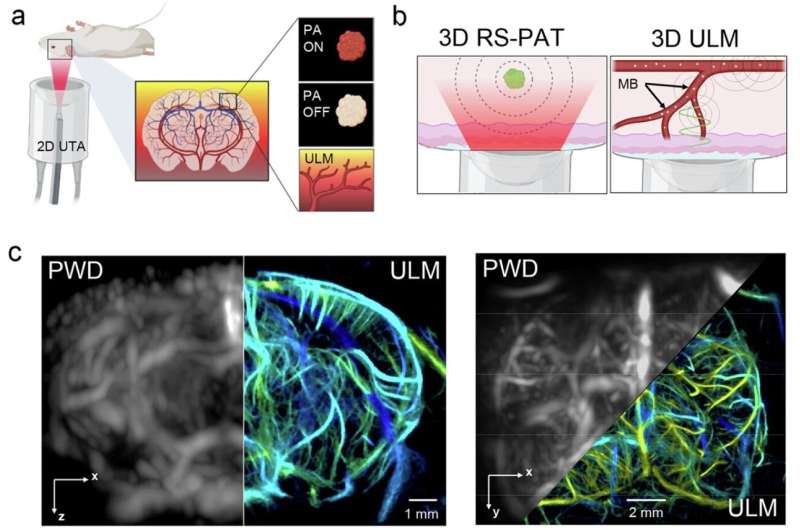This technique enabled the researchers to induce the production of insulin and reduce blood glucose levels by nearly 60% in mouse models, illuminating a potential pathway for diabetes treatment. The work was published on July 14, 2025, in the journal Nature Communications.
Biliverdin is a light-sensitive biomolecule that is produced in large quantities in human and mammalian cells. Over the past decade, it has proven to be a useful target for both optogenetic and imaging tools because it can absorb near-infrared (NIR) light, which penetrates deeper into tissue than visible light.
Although biliverdin exists throughout the body, it is primarily found in blood-rich organs like the liver and spleen, leaving organs like the brain comparatively dark. But longtime collaborators Junjie Yao, an associate professor of biomedical engineering at Duke, and Vladislav Verkhusha, a professor of genetics at the Albert Einstein College of Medicine, developed a new technique to increase levels of biliverdin throughout the entire body.

